Tree Guide
If you aren’t sure yet what tree to buy then read on for a brief guide to the types of Christmas tree available – as you will see, there are lots of different types that will match whatever you need.
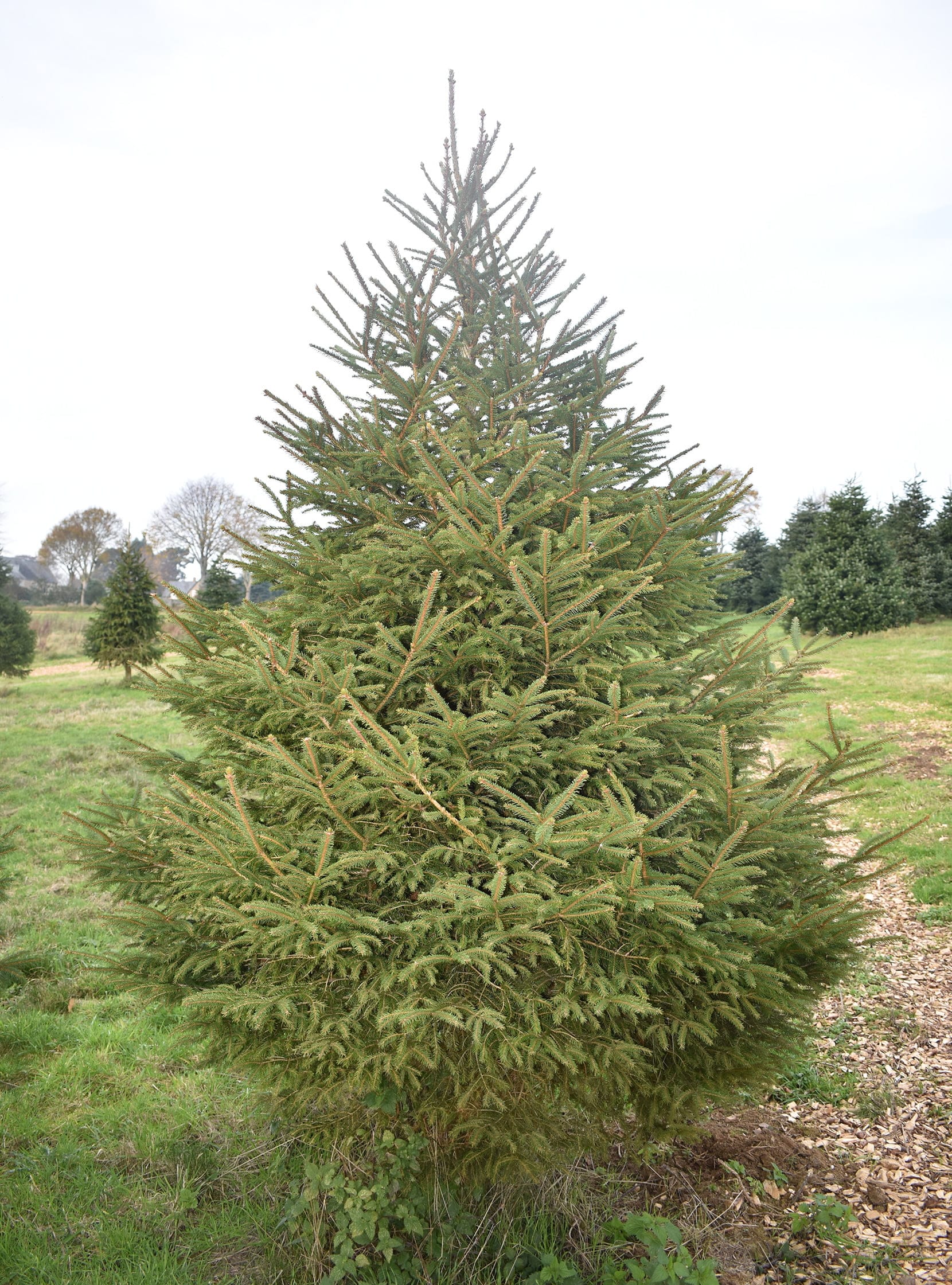
Norway Spruce Picea abies
Is one of the traditional Christmas trees, it has stiff, small dark green needles and is often associated with that beautiful Christmas tree fragrance. The Norway spruce also has a great conical shape and when cut fresh and kept in water will retain its needles every bit as well as its rivals.
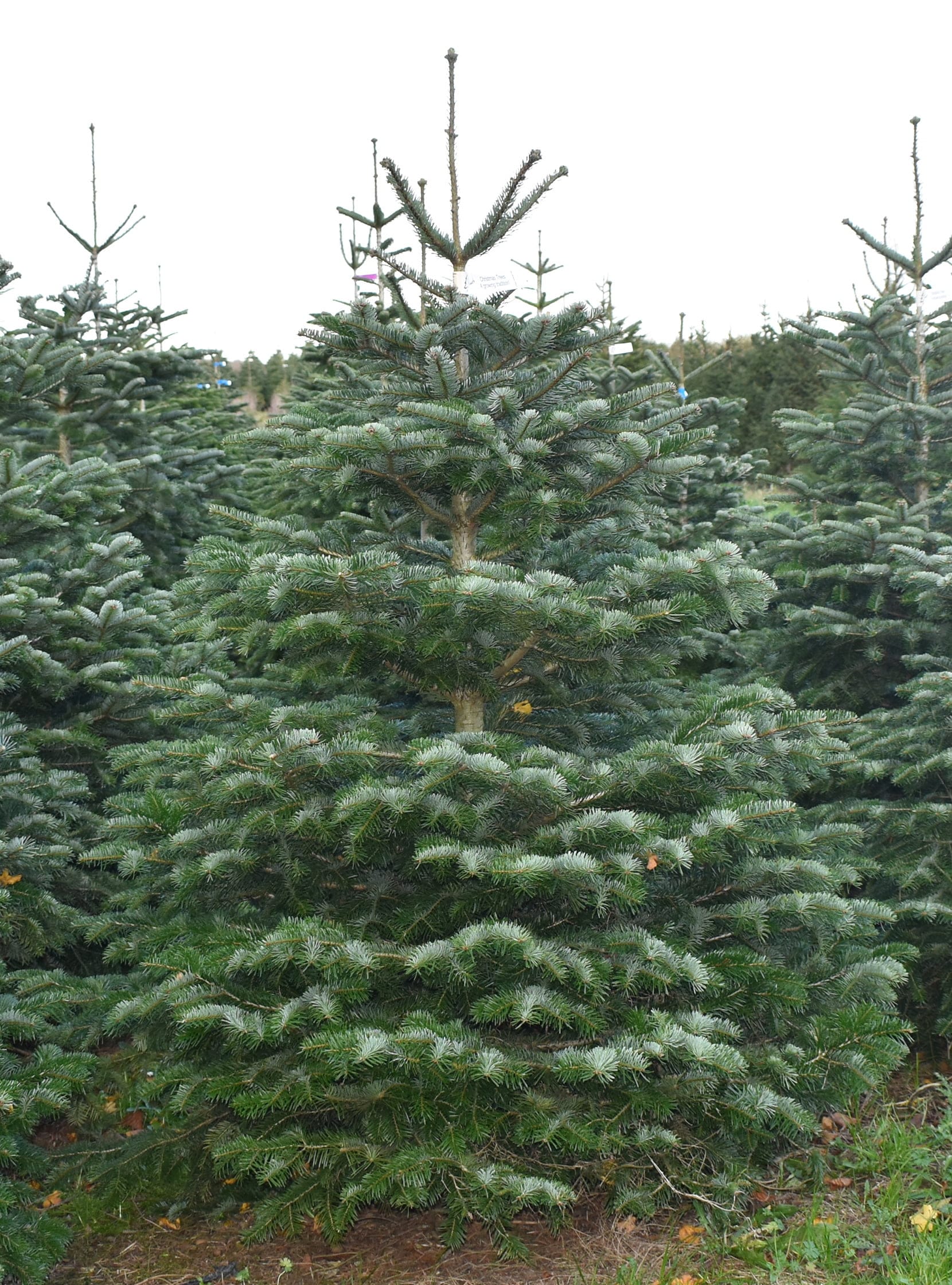
Nordmann Fir Abies nordmannianna
Is one of the most popular Christmas tree variety’s, it has soft broad dark green needles and is known for its good needle retention. They are slower growing than the spruce which makes the wood denser, they have a good symmetrical shape.
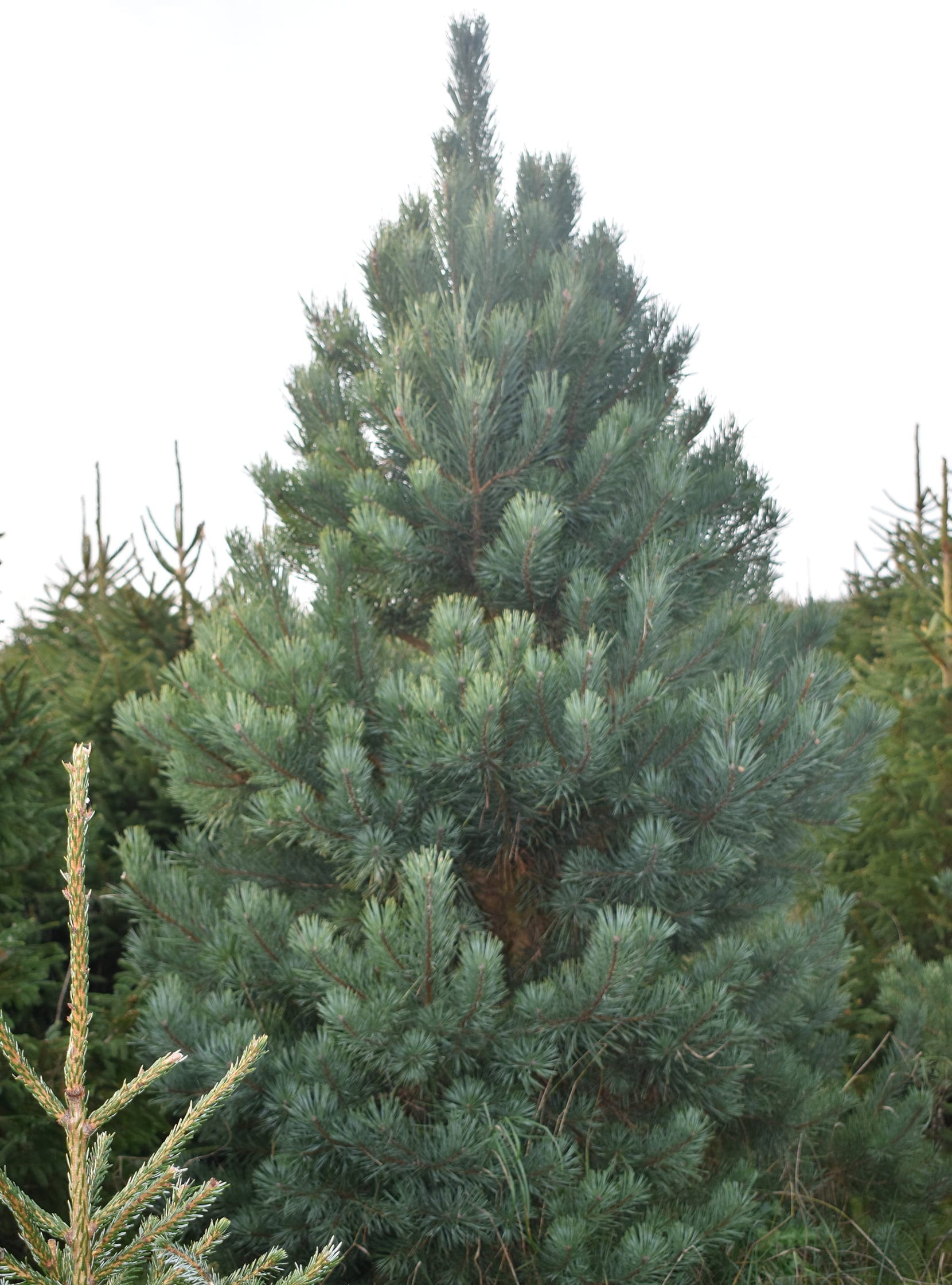
Scots Pine Pinus sylvestris
Is a quirky tree with lots of character. It has long blueish needles which have excellent needle retention, the branches often come already decorated with their pine cones. The Scots pine are rarely symmetrical but still provide that lovely Christmas tree shape enjoyed by many.
We do have other varieties growing on the farm, but they tend to be more temperamental because they are more susceptible to aphids, mites, weather conditions and sometimes they just don’t want to look like Christmas trees! This makes it difficult to grow them in large numbers, so we can’t guarantee we will have them available for sale but if you’re lucky you might find one of the following varieties looking for the perfect home for Christmas! The following tree varieties are priced individually but will be in the region of £7 a foot.
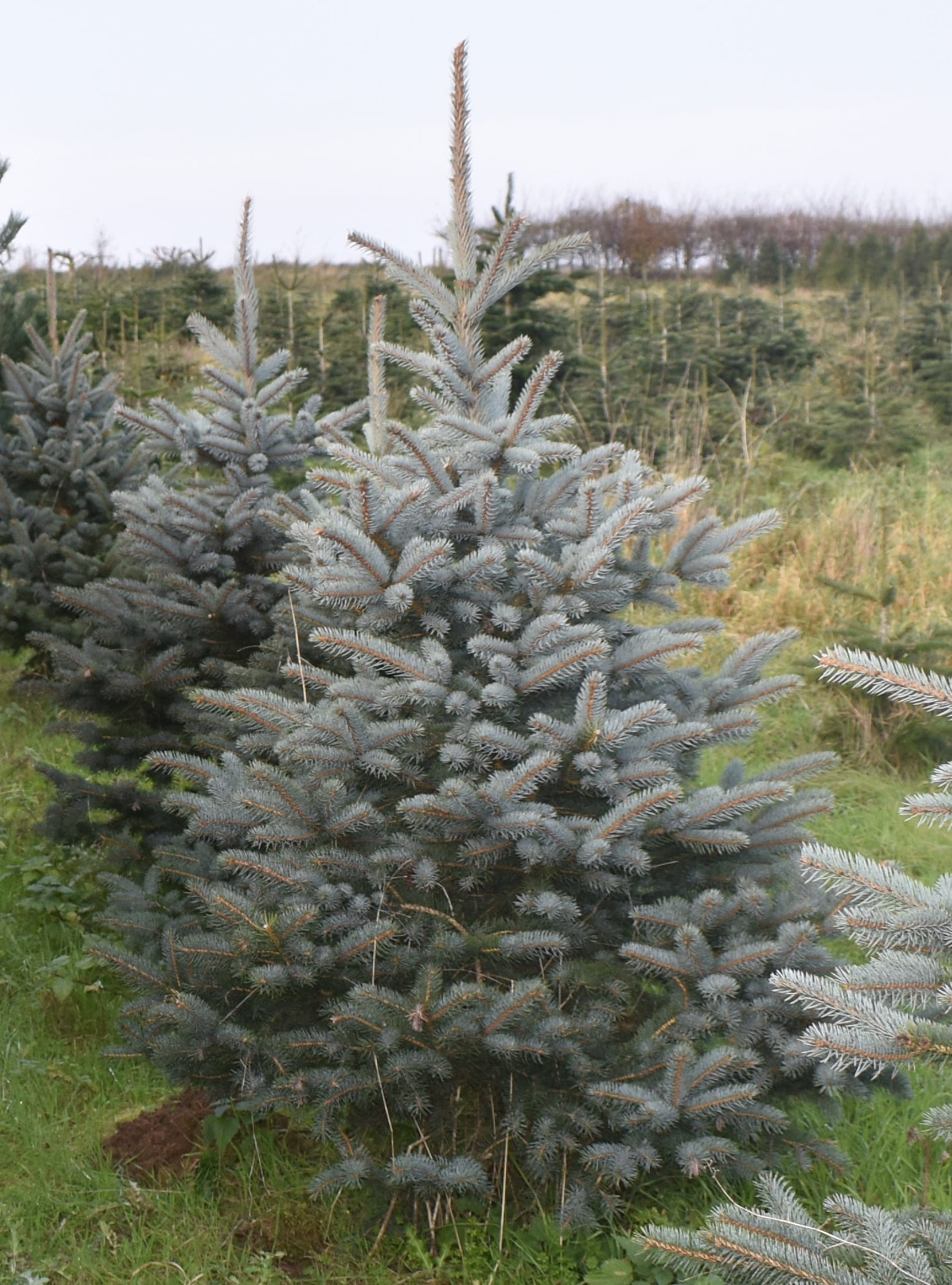
Blue Spruce Picea pungens glauca
Blue spruce have an amazing colour that makes them stand out. The have a wonderful citrus fragrance which makes them popular with humans but not so much cats. The Blue spruce have very stiff branches and sharp blue needles which makes that look beautiful but not very nice to handle.
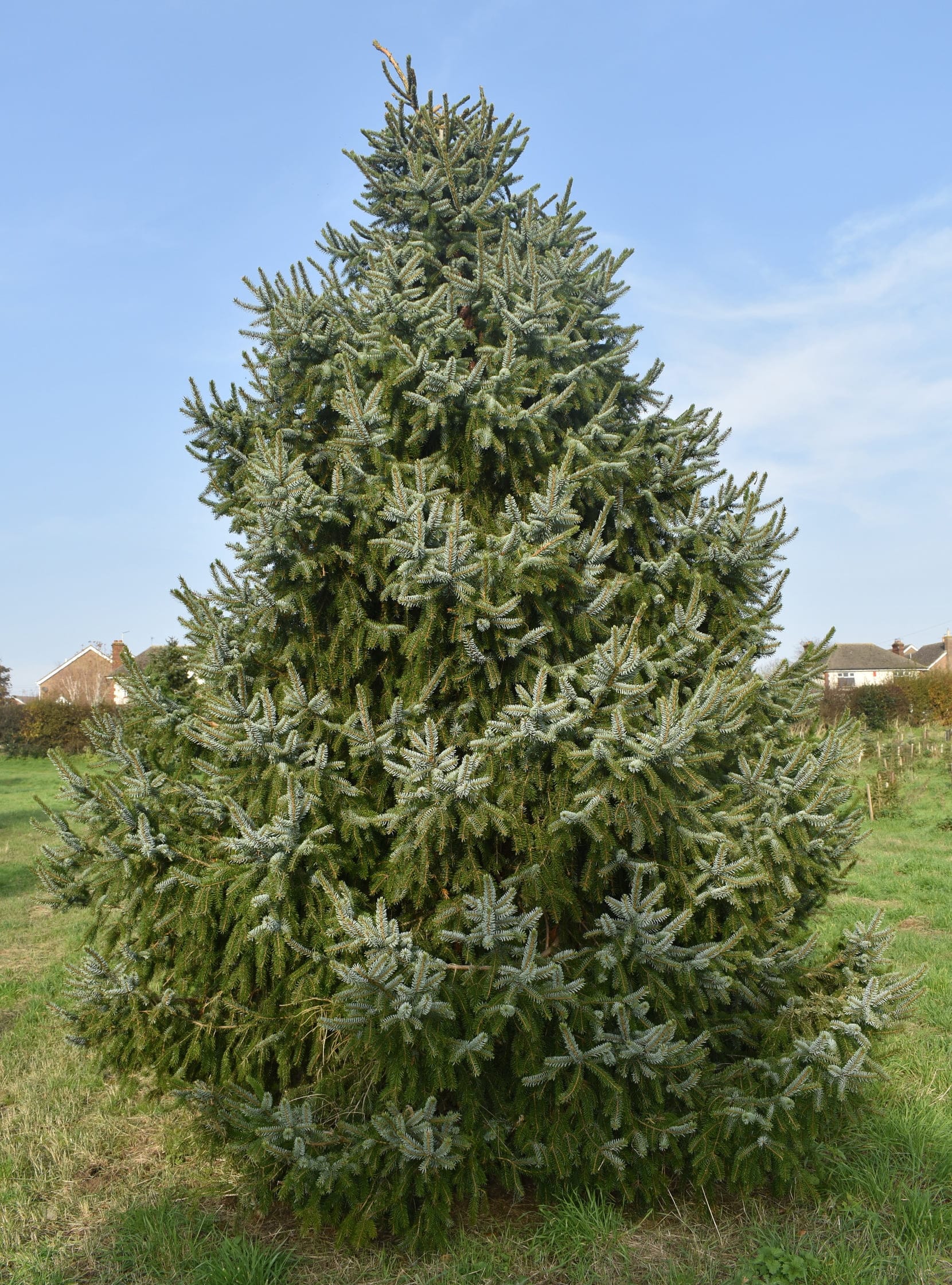
Serbian Spruce Picea omorika
The Serbian spruce is notable for its upswept branches. The needles are a dark green with a silvery underside making it look quite unique. This tree is usually tall and slender.
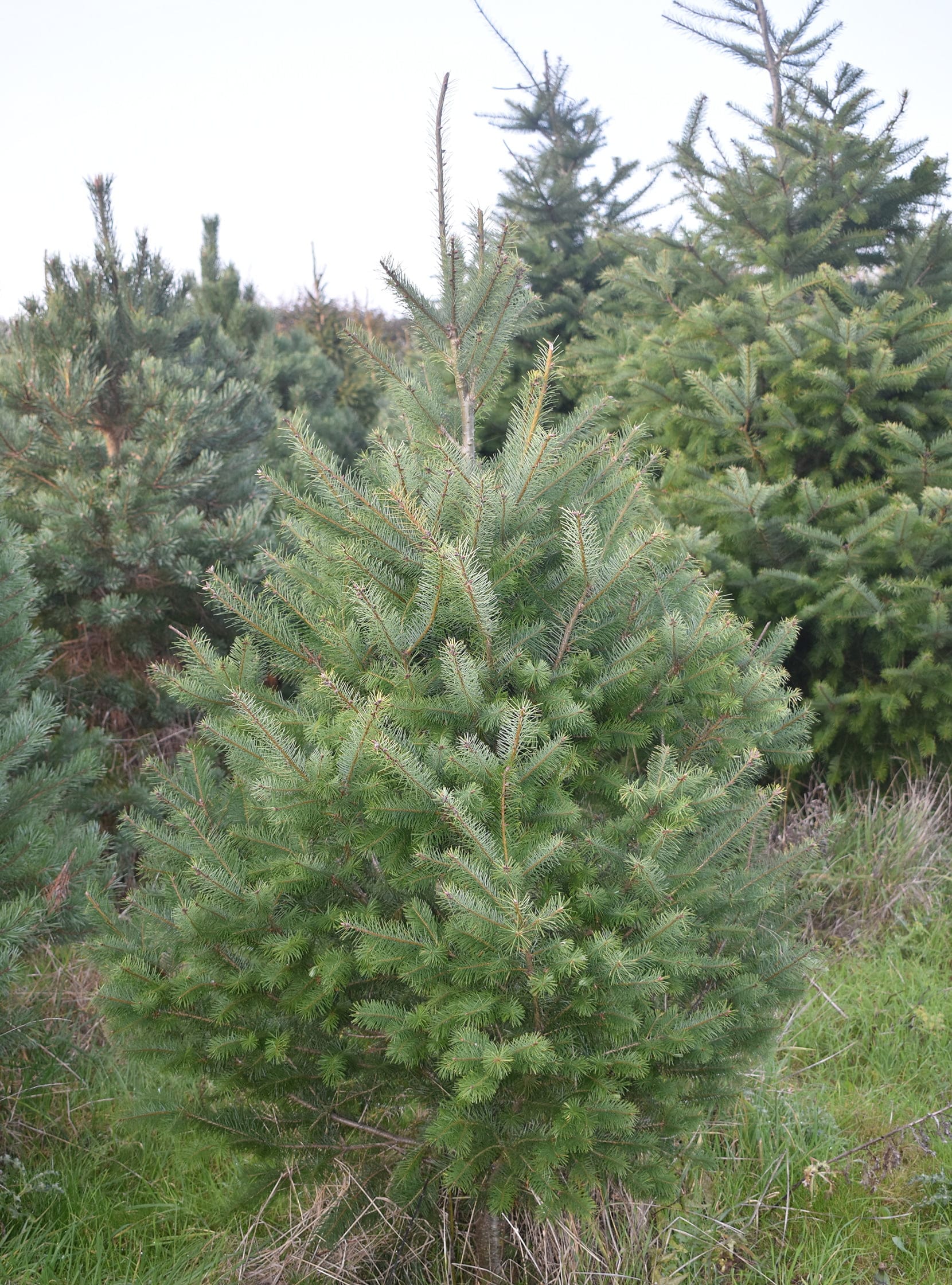
Douglas Fir Pseudotsuga menziesii
Have a very strong scent, the needles are thin and a lighter green. The branches on these trees can be very dense which can make them hard to fit your baubles on! The Douglas firs often have slightly quirky shapes which don’t always make them the ideal Christmas trees but the branches can make excellent foliage for wreaths and decorations.
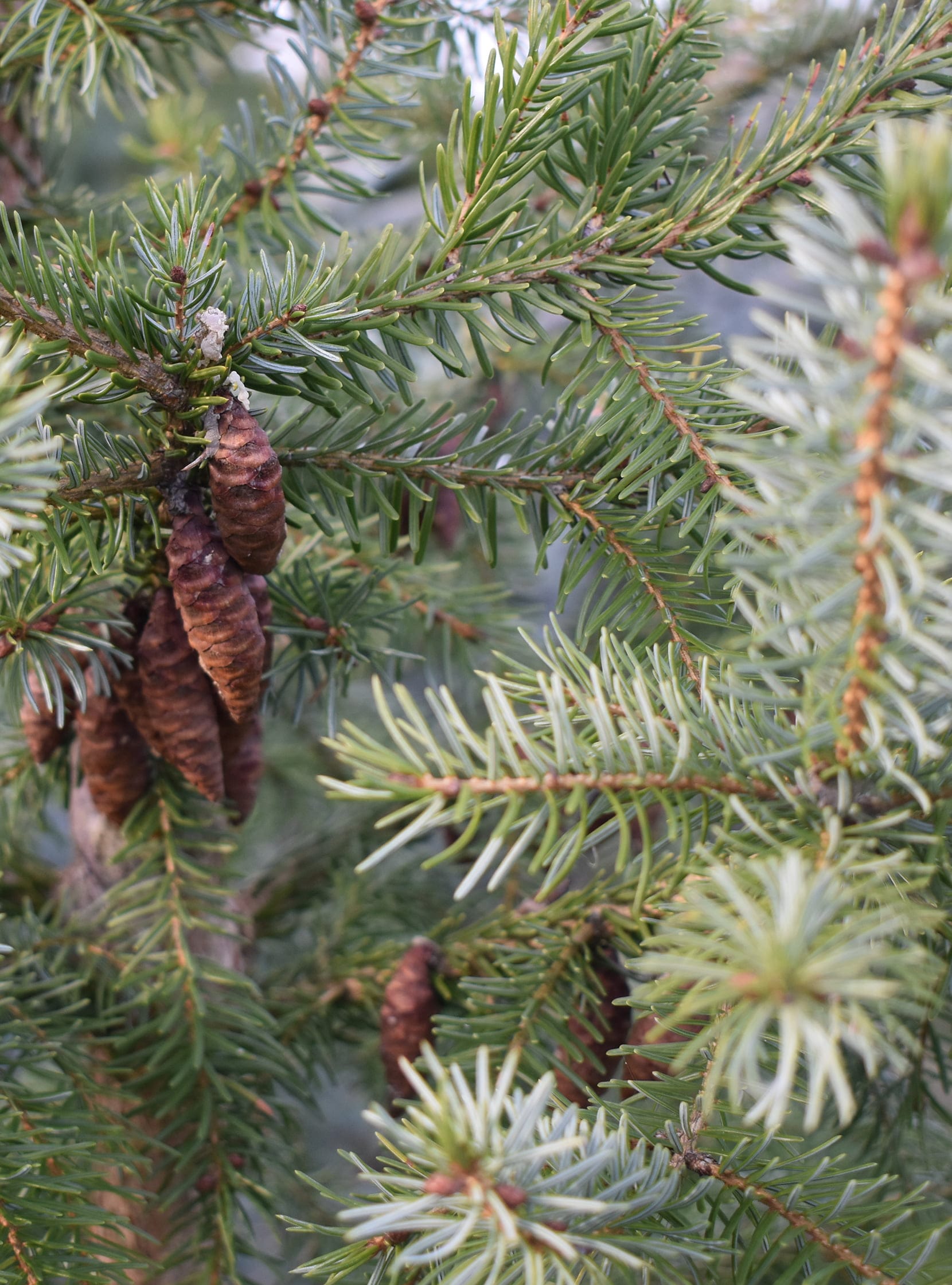
Fraser Fir Abies fraseri
The Fraser fir are another tree with a great scent, it is similar to the Serbian spruce with its dark green needles which are silvery underneath, the needles are relatively soft. The Fraser fir is another tree that’s takes quite a lot of pruning to get it to grow into that Christmas tree shape, but they often produce narrow trees for their height.
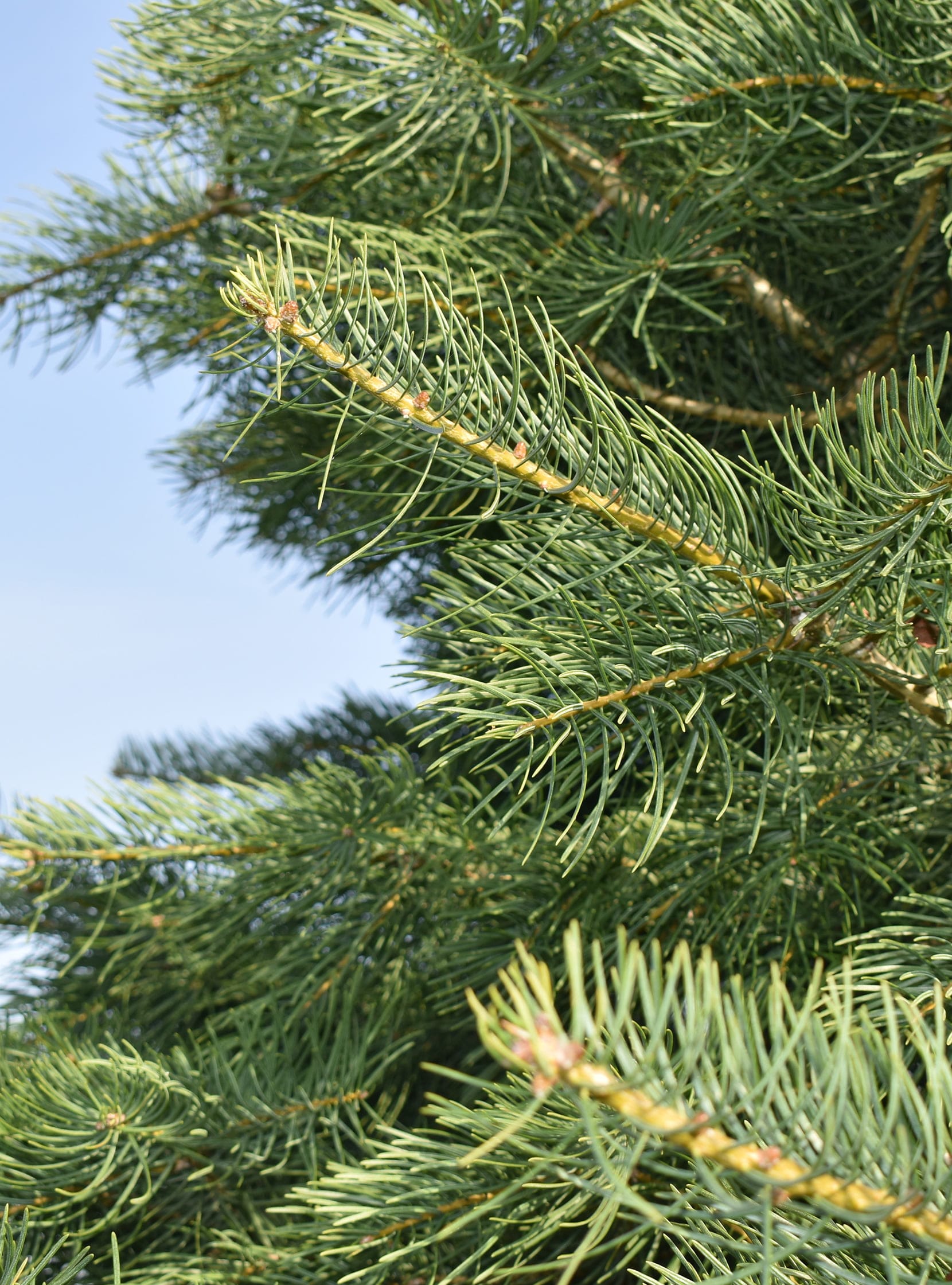
White Fir Abies concolor
The White fir have a very light green even blueish foliage. The needles are soft and long and curve out and upwards along its branches. The White fir is not a symmetrical tree but can make a beautiful Christmas tree if pruned correctly. The foliage also has a citrus fragrance with makes it good for wreaths and decorations.
Top Tips for looking after your real Christmas Tree
Keeping a real Christmas tree in good condition for the festive season isn’t as difficult as you may think. Here are a few straightforward do’s and don’ts that will help you have a gorgeous green tree on Christmas day.



